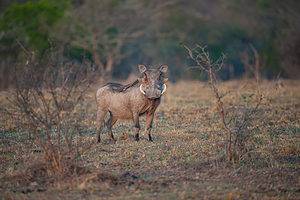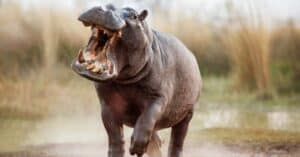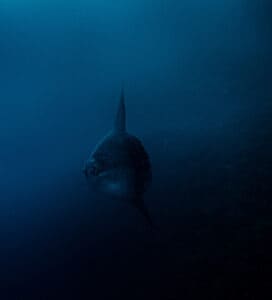Many animals exhibit different behaviors depending on whether it is day or night. These two periods are known as the diurnal and nocturnal cycles. There are several distinct ways in which they differ. But what exactly is the difference between these diurnal and nocturnal cycles? And how do these cycles apply to animals? We examine nocturnal vs. diurnal differences to understand fascinating animal behaviors better.
Comparing Nocturnal and Diurnal
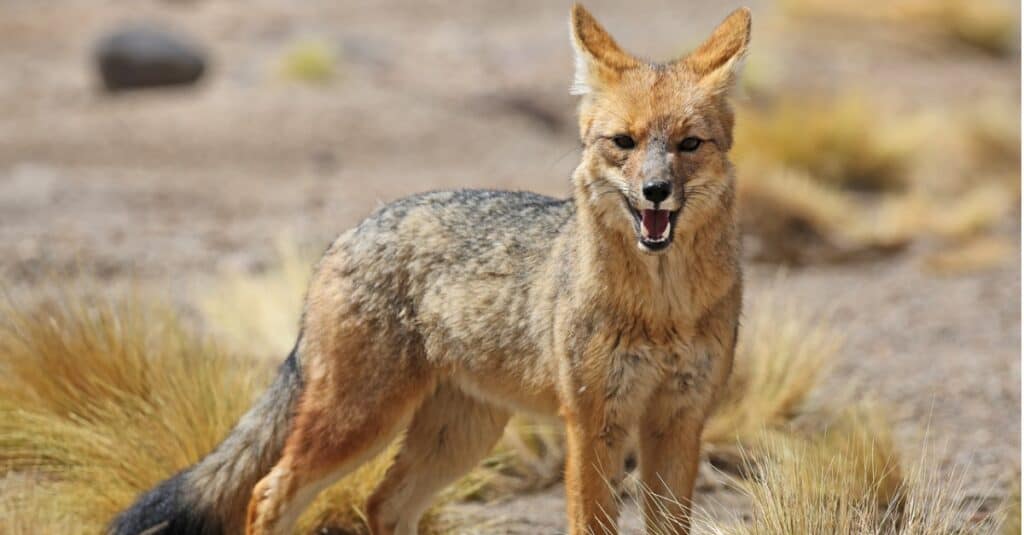
Most fox species are nocturnal, but not all are.
©iStock.com/tane-mahuta
| Nocturnal | Diurnal | |
|---|---|---|
| Most Activity | During the night | During the day |
| Behavior and habits | Hunt, feed, and socialize during the night | Hunt, feed, and socialize during the day |
| Adaptions | Highly developed hearing, smell, and eyesight Higher body temperature | Lower body temperature for the heat of the day |
| Physical characteristics | The eyes may be more prominent with extreme dilation of pupils. | Smaller corneas to eye size. |
| Vision | A reflective layer behind the retina Light collecting lenses | Different properties of the eye as light is available during the day |
| Communication | Sounds Calls Smell Touch | Reliant on visual cues but communicate in various ways. |
| Animals | Owls Leopards Bats Some Reptiles Insects Some monkeys | Squirrels Some Fish Elephants Cows Sheep Dogs Most Primates |
Key Difference Between Nocturnal vs. Diurnal
The words “diurnal” and “nocturnal” refer to cycles occurring over a 24-hour day. However, the two terms have different origins. “Diurnal” originates from the Latin word “diurnus,” which means “daily” or “day.” In contrast, “nocturnal” comes from the Latin word “nocturnus,” which means “belonging to the night.”
As a result, diurnal refers to something that happens during the day, while nocturnal relates to something that occurs at night. At the same time, the two terms mainly describe animal behavior but can apply to other phenomena too.
These phenomena are the cycles of plants or the movements of celestial bodies. Regardless of reference, both terms are Latin derivatives referring to the time of day.
Nocturnal vs. Diurnal: Activity and Behavior
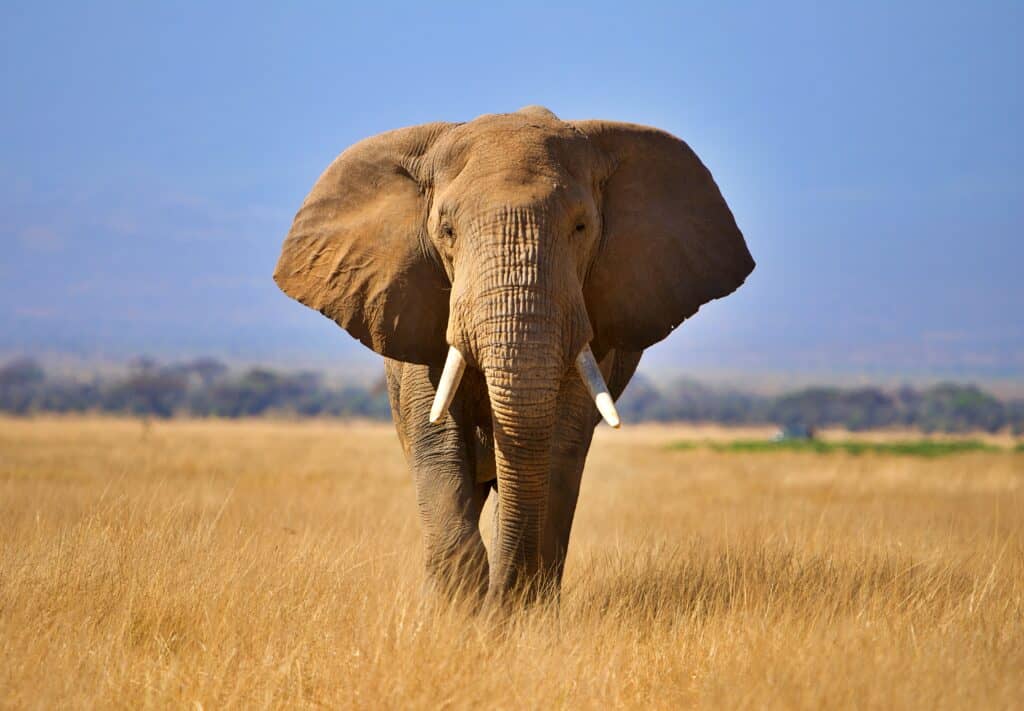
Elephants are diurnal mammals, having adapted to daytime temperatures and foraging while being large enough to ward off predators.
©Pooja Prasanth/Shutterstock.com
The main difference between the diurnal and nocturnal cycles is the timing of activities. Diurnal activities typically occur during the day, while nocturnal activities occur at night. For example, many animals sleep during the day and are active at night. This behavior is because it is cooler at night, so they can save energy by being less active during the day.
However, not all animals follow this pattern. Some, like humans, are primarily active during the day and sleep at night. When we evolved, our ancestors found it easier to find food and avoid predators if they were active during the day.
Additionally, the distinct groups of animals tend to spend more time hunting and feeding during their preferred activity cycles.
Finally, diurnal and nocturnal animals tend to limit their social interactions within their preferred activity cycle. This behavior determines potential conflicts between individuals trying to complete different tasks.
Nocturnal vs. Diurnal: Temperature Adaptions
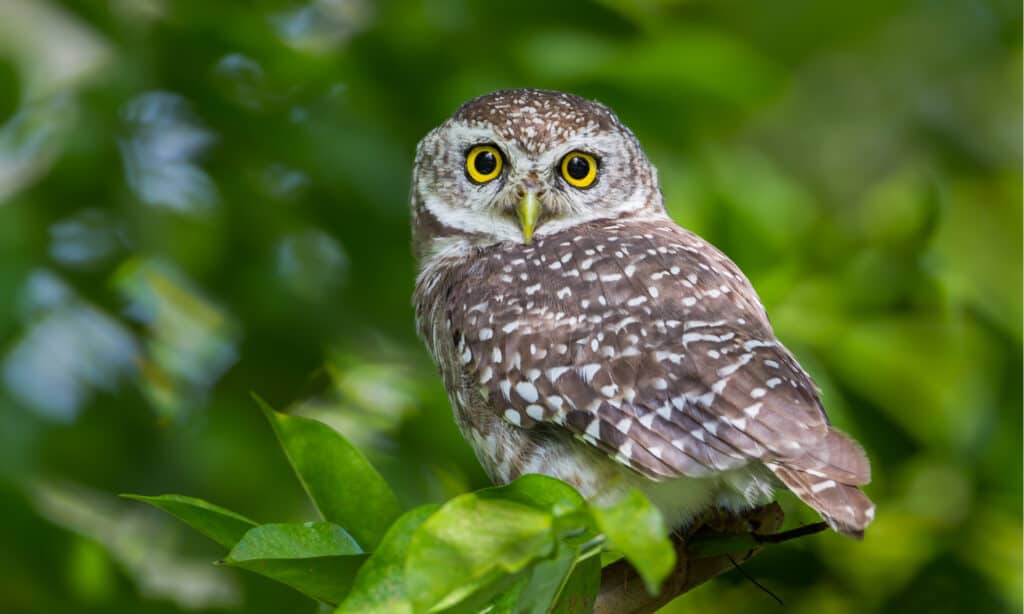
Owls have bigger eyes and prefer cooler temperatures, so they are primarily nocturnal.
©kajornyot wildlife photography/Shutterstock.com
There are a few key adaptions that are associated with both the diurnal and nocturnal cycles. For example, diurnal and nocturnal animals tend to be most active when it is closest to their preferred temperature cycle. This tendency is because diurnal animals have lower body temperatures suited to the sun’s warmth.
In contrast, nocturnal animals’ body temperatures are adapted to cooler nights. This difference in activity patterns helps to maximize the efficiency of each animal’s metabolism. As a result, nocturnal and diurnal animals are each well-adapted to their respective lifestyles.
Nocturnal vs. Diurnal: Physical Characteristics and Senses
No two animals are exactly alike, and this is especially true when comparing nocturnal and diurnal creatures. While both groups have highly developed senses, they possess these for different reasons.
For example, nocturnal animals generally have better hearing and smell than their diurnal counterparts because these senses are more useful in the dark. In addition, nocturnal animals tend to have large, sensitive eyes that can collect as much light as possible.
In contrast, diurnal animals primarily have smaller eyes that allow them to handle the brighter light levels present during the day. Each type of animal has adapted to its environment to survive and thrive.
Nocturnal vs. Diurnal: Vision
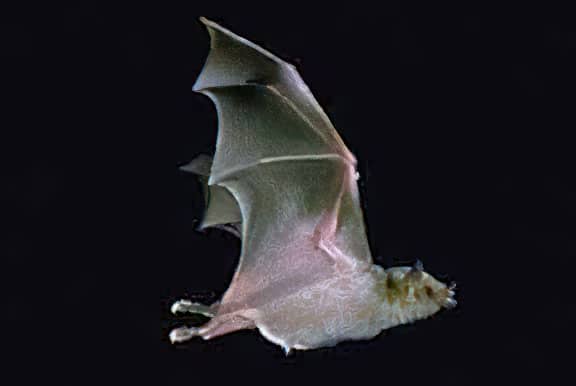
Bats are primarily nocturnal, allowing them to take advantage of cooler night temperatures for hunting.
©Joelr31~commonswiki / public domain – License
We can generally classify animals as nocturnal or diurnal based on their pattern of activity. Several factors contribute to this dichotomy. One of the most important is vision. Nocturnal animals have few or no cone cells in their retina and a reflective layer behind the retina, which helps to reflect light.
In addition, their lens design is to collect light. This results in poor daytime vision but good night vision. Diurnal animals, on the other hand, have a good daytime vision but poor night vision. This attribute is due to the high density of cone cells in their retina, allowing them to see colors and detail in bright light.
Nocturnal vs. Diurnal: Communication
The differences between nocturnal and diurnal animals include their communication styles. Nocturnal animals communicate primarily through sounds and calls, while diurnal animals rely on visual cues.
However, both types of animals also communicate in various other ways. For example, diurnal animals may share information through body language or scent, while nocturnal animals may use touch or taste. Ultimately, the type of communication an animal uses depends on its needs and the environment in which it lives.
Nocturnal vs. Diurnal: Nocturnal and Diurnal Animals
Below are some examples of common nocturnal and diurnal animals:
Nocturnal Animals
Diurnal Animals
Although nocturnal and diurnal animals have dissimilar habits, there is some overlap. Many species are active both night and day, depending on the situation. For example, many birds are diurnal but may also be busy at dawn and dusk.
Similarly, many rodents are nocturnal but may also come out to forage during the day if there is little predation risk. Whether an animal is nocturnal or diurnal depends on diverse factors, including its predators, prey, and the need to avoid the heat of the day. We trust you will better understand the distinct differences between nocturnal and diurnal and how these attributes impact animal behavioral patterns.
Find Out More
10 Animals That Stay Up All Night
Next Up:
- Burro vs Donkey – Is There a Difference?
- Roach vs Cockroach: Are They Different?
- Dachshund vs Doxin: Is There a Difference?
- Gnu vs Wildebeest: Is There a Difference?
The photo featured at the top of this post is ©
Sources
- , Available here: https://academic.oup.com/endo/article/148/12/5648/2501331
- , Available here: https://www.pnas.org/doi/abs/10.1073/pnas.0813201106
- , Available here: https://www.karger.com/Article/Abstract/314278
- , Available here: https://www.karger.com/Article/Abstract/89695
- , Available here: https://academic.oup.com/biolinnean/article/83/3/377/2639893
- , Available here: https://www.sciencedirect.com/science/article/abs/pii/S0003347213005320
- (1970) https://link.springer.com/article/10.1007/s00265-003-0637-9
- , Available here: https://www.sciencedirect.com/science/article/abs/pii/S0303720715000350
- , Available here: https://link.springer.com/article/10.1007/BF00223965
- , Available here: https://link.springer.com/referenceworkentry/10.1007/978-3-540-29678-2_4002#:~:text=A%20diurnal%20animal%20is%20one,is%20most%20active%20at%20night
Thank you for reading! Have some feedback for us? Contact the AZ Animals editorial team.



